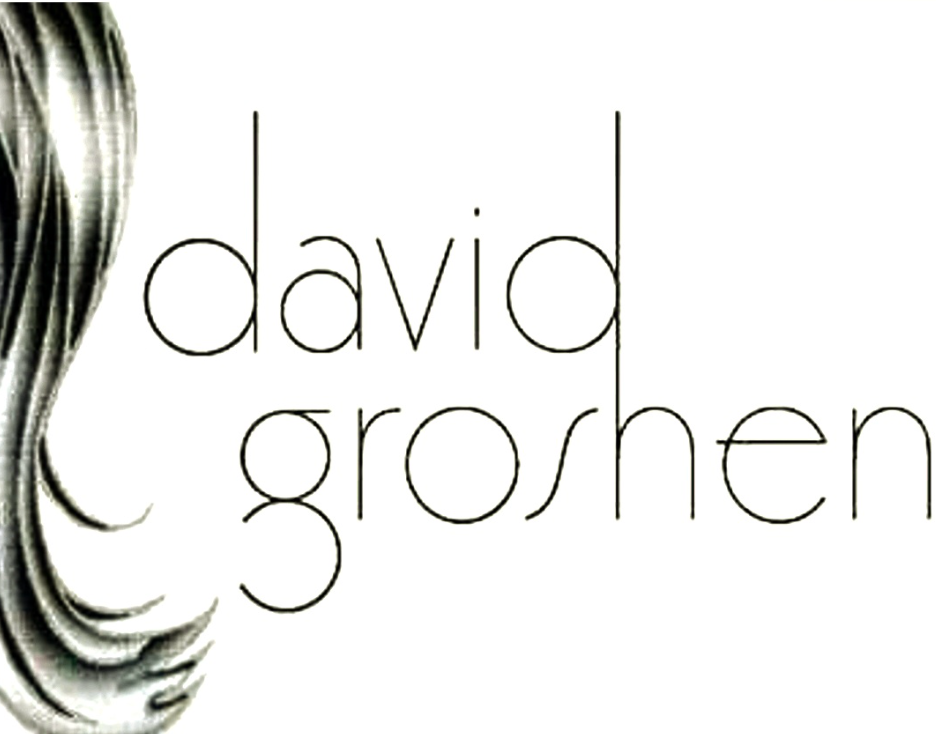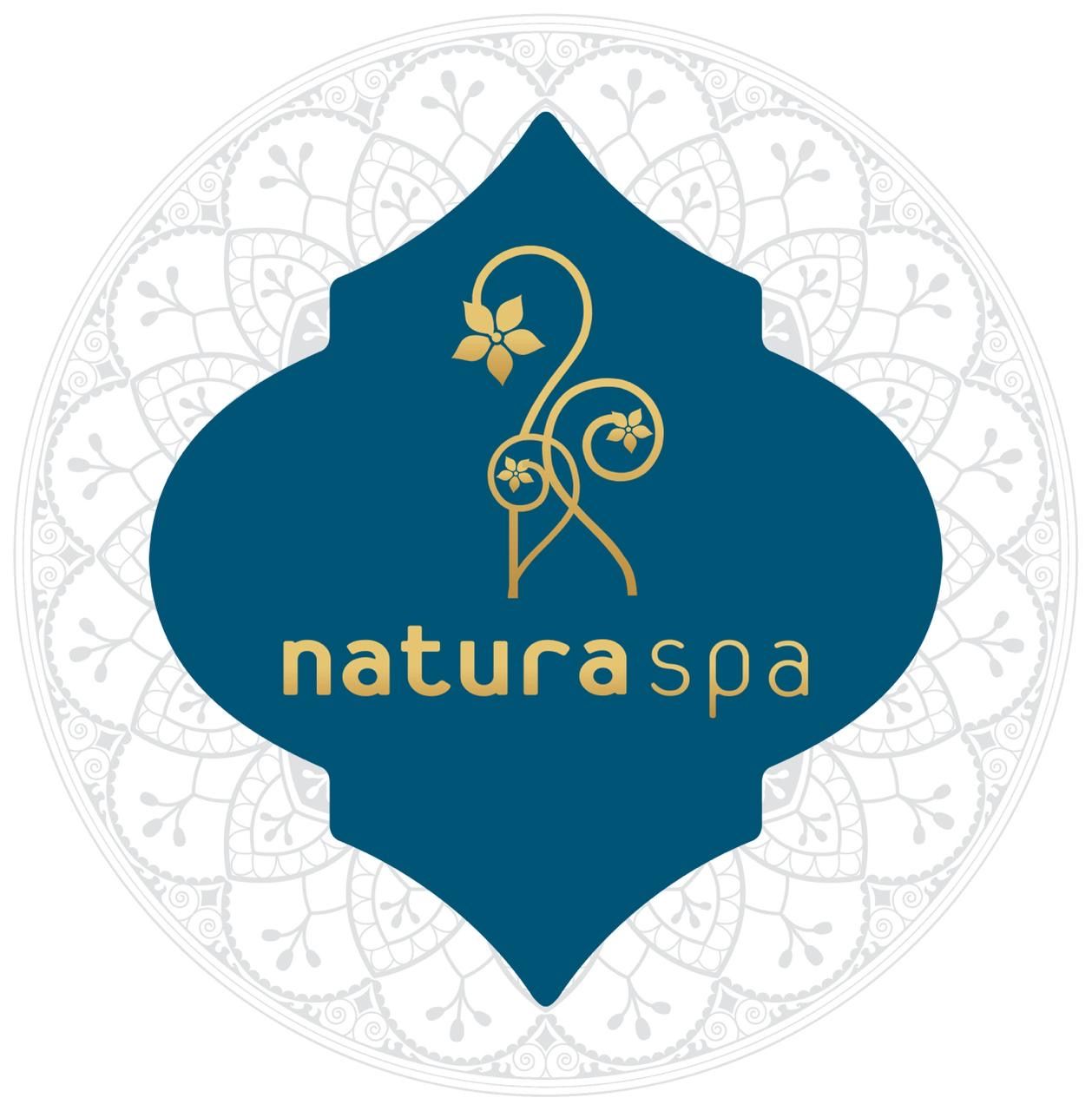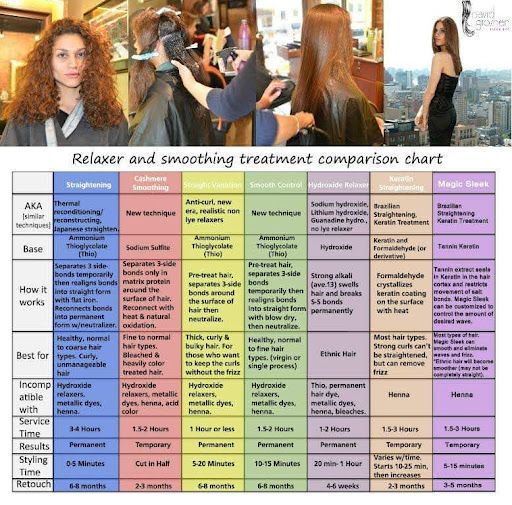I wanted to offer some help to women and men who might find it difficult to find the right hairdresser. Your hair is an important part of your personal message. Getting the right look takes some effort. Fortunately, here you’ll find seven ways to get started right away.
Step One: Identify Reasons to Relax
- I want less frizz
- I want straight hair
- My hair goes crazy when it’s humid
- It takes too long to style my hair
- My hair is never shiny
- I can’t style my own hair
- My hair always looks messy
Why Relaxing Could Make You Feel Better About Your Hair:
- Easily style your own hair
- Feel confident in your hair, even in the rain
- Get consistent texture
- End nighttime rituals devised to make your hair more manageable in the morning
- Wear hairstyles you have always wanted but believed you could never pull off
- Release your thick hair from that ponytail and let it flow – it’s an asset, show it off!
Step Two: Define the Current Condition of Your Hair
The existing condition is the most important variable in choosing the right relaxing method. What color treatments have you undergone in the past? (Remember, six inches of length represents one hair year, so twelve inches of hair equals two years of history). What other chemical services have you had, and when? Relaxer? Perms? Remember to be as specific as possible when talking to your hairdresser.
Try this clever home test that will let you know whether your hair meets the relaxer standards:
Fill a small bowl with water. Snip a half inch of hair off the bottom of the back of your hair and drop it in the bowl. If it floats, your hair is healthy enough for any relaxer, but if it sinks, you might need a treatment before relaxing your hair.
Step Three: Share Any Past History with Relaxers
Knowing how your hair responded in the past can help eliminate repeating disappointing results.
- Did you have areas that did not stay straight?
- Did you notice excessive damage in a particular area?
The following damage issues are the most common problems after some relaxing treatments. Be clear if you have had them, so your hairdresser can address the cause:
- Breakage at the temples where hair is usually the most fragile
- Some hair three inches away from the scalp after a second relaxing treatment
- Splitting at the ends or some breakage
Step Four: Choose the Right Relaxer Based on Your Hair’s Current Condition and History
If you don’t agree, say so. It is possible to disagree in a positive way that doesn’t alienate your stylist. After all, you are the client and you should get what you want!
Step Five: Define Your Budget and Availability
Understanding how often and how many hours you will have to spend in the salon are essential. A Japanese treatment, for example, can take two and half to six hours and need to be retouched every four to nine months. Frequency of return service will vary for individuals and might respond to climate changes. It is not surprising that hot and humid weather is a frizz maker!
Be sure you can afford the relaxer you choose, including the cost of the initial application and maintenance. A Japanese relaxer can cost from $250 to $750.
Step Six: Create a Verbal Contract with Your Hairdresser by Asking the Right Questions. Use This Example as a Guide.
Q: How long will Smooth Control last?
A: It will keep your hair smooth for about 6- 8 months.
Q: How much will it cost?
A: $350 and Up (Determined by length and how complicated your hair may be to services) for the Straight Variation. $125 for the haircut and style.
Q: How long is each visit?
A: Approximately three hours.
Q: Can I use ordinary shampoo after the treatment?
A: No, shampoos and conditioners with the right pH levels and correct molecular weight will enhance your new treatment and reinforce the new structure of your inner hair.
Q: How will I know which products to use and what to avoid?
A: Your hairdresser should guide you. Make sure you leave the salon with the products and information you need to maintain your new, gorgeous hair.
Q: When can I have other services done?
A: You should not wash your hair for two days and make sure you keep it straight and smooth. After two weeks, you can color your hair again.
Step Seven: Use the Right Products and Styling Tools at Home
Shampoo and Conditioner: Remember, it is not your same old hair and it is essential to maximize your results by using the right shampoo and conditioner combination. Keeping the cuticle and the entire hair strand in great shape is best accomplished when you treat your hair right. David Groshen products are personally formulated to enhance the condition of your new hair.
Cashmere – use Fierli Shampoo and Conditioner (Sodium FREE, which is good for all keratin treatments)
Smooth Control, Straight Variation and Thermal Reconditioners – use Nigelle Shampoo and Conditioner.
Brushes and Combs: A natural Boar Bristle brush will allow you to style your hair with minimal damage from over pulling. The bristles will give out before your hair does. Comb and untangle your hair while hair is very wet. Use the brush to dry your hair.
Styling Tools: Set blow dryers, flat irons and curling irons to the lowest heat level possible. A good straightening iron will have temperature settings. Trial and error will help you learn how much heat you need to get the job done. Start the blow dyer and irons at 300 degrees and if it does the trick, try setting it to 275 degrees. Conversely, if 300 degrees doesn’t work for your hair, try 350 degrees.
Hair clips: Believe it or not, being able easily handle your hair might depend on the hair clips you use to hold your hair in place when you are styling. Try out a few different types or ask your hairdresser for advice about what would work best.
Styling Products: David Groshen’s Orange Stuff is the perfect compliment to relaxed hair. In most cases, just vary the amount of Orange Stuff to achieve the desired smoothness necessary to create your style. Avoid products that might reverse your treatment or damage your hair. Also, be careful not to overuse products. Too much of a product can leave hair feeling dirty and dull.
After-care: Some in-salon protein conditioning treatments such as Inphenom and Noiraudepro are great for your hair and replace and repair natural protein that’s been lost or damage. Of course, if used too often, these fantastic treatments add too much protein, which makes hair too hard and brittle. Know how often and how much products to use for hair. Check with your hairdresser for the right treatments and advice on how to use them.


